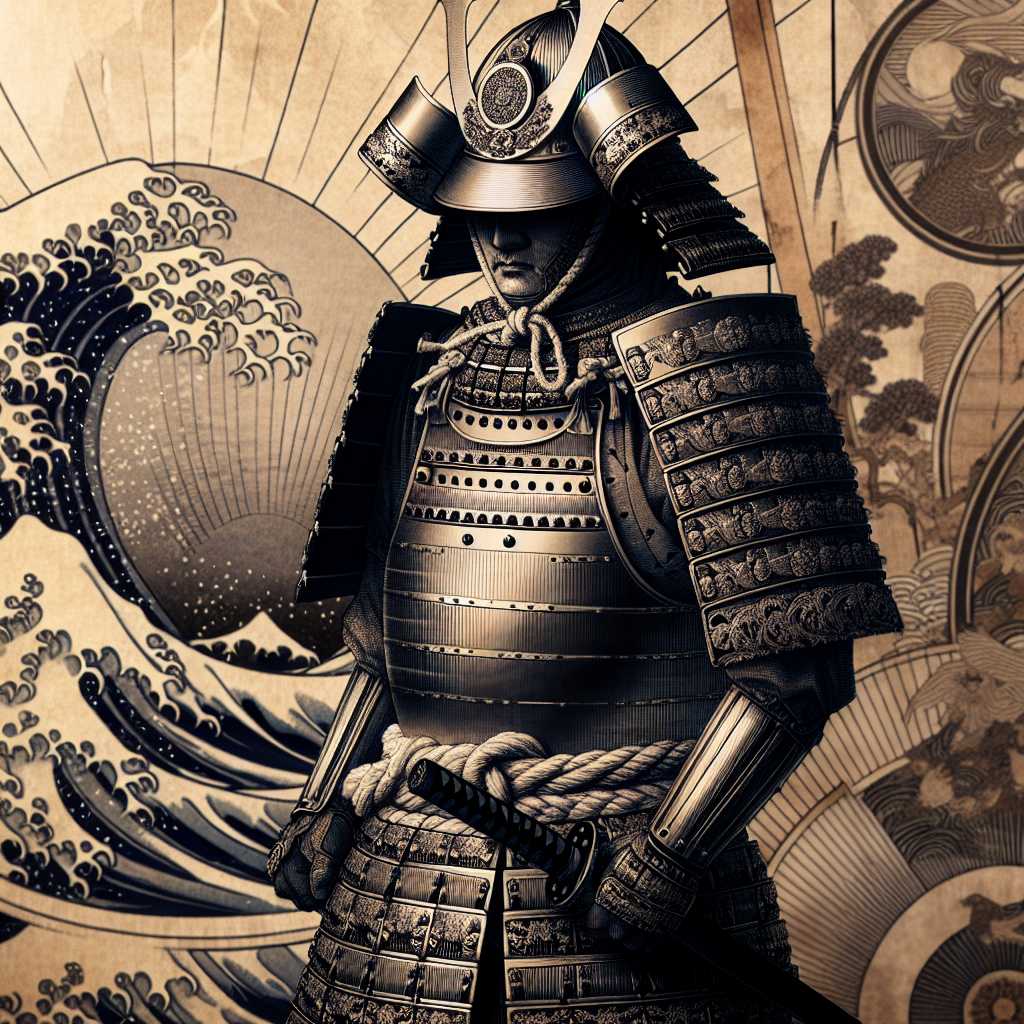The Enduring Legacy of the Samurai: Bushido and the Way of the Warrior
The Samurai, a class of elite warriors in Japan, remain one of the most iconic symbols of Japanese culture and history. Their existence spanned from the 12th to the late 19th centuries and was characterized by their martial prowess, distinct honor code known as Bushido, and their impact on Japanese society. This article will explore the origins of the Samurai, their way of life, cultural impact, and lasting legacy in modern culture.
Samurai Origins: The Rise of the Warrior Class
The Samurai emerged from the provincial warrior bands of feudal Japan in the late Heian period. They became prominent during the Kamakura Shogunate (1185-1333), a time when the Minamoto clan overthrew the Taira clan to seize power, subsequently placing more emphasis on military strength and governing capability over aristocratic birthright. Whether in service to lords, known as Daimyos, or as part of a larger military force, Samurai were pivotal in shaping the political landscape of medieval Japan through both combat and strategy.
Bushido: The Samurai Code
A samurai was not just recognized for his skill with a katana or naginata, but also for his adherence to Bushido. This code of conduct emphasized virtues such as honor, loyalty, courage, respect, benevolence, and sincerity. Bushido was an unwritten moral code, but it became a guiding principle shaping a Samurai’s conduct in warfare and peace. Largely influenced by Zen Buddhism, Confucianism, and Shintoism, Bushido evolved throughout the Samurai’s history to become a way of life.
Samurai Lifestyle: More Than Warriors
Samurais devoted significant time to training in martial arts and strategy. However, their roles expanded beyond just military functions. During times of peace, Samurais also took up administrative tasks, engaged in political matters, and supported arts and culture. Their education included literature, poetry, caligraphy, and even tea ceremony, contributing to Japan’s sociocultural evolution.
Samurai Arms and Armor: Tools of Warfare
One cannot discuss Samurais without highlighting their renowned armor (yoroi) and weapons. While each Samurai had his own preference for swords—the katana being most famous—they were also adept in archery (kyujutsu), spear fighting (sojutsu), and mounted combat among other martial skills. Their armor was crafted both to protect and to showcase their status and identity on the battlefield.
The Decline of the Samurai Class
The end of feudal Japan and the Meiji restoration (1868) led to significant socioeconomic shifts whereby Samurais saw a decline in their status. With the introduction of compulsory military service for commoners and advanced weaponry from the West, there became less need for an elite warrior class. Eventually, by legal edicts in the 1870s such as Haihan-Chiken (abolishment of domains) and Kazoku Seido (creation of noble classes), the privileges formerly afforded to Samurais were largely dissolved.
Cultural Impact: Samurais In Literature And Media
Samurai have had a profound impact on literature, film, manga, anime, and video games—both within Japan and internationally. From Akira Kurosawa’s movies to comics like “Lone Wolf and Cub,” these warriors continue to fascinate audiences with narratives emphasizing honor and bravery intermingled with the underlying tragedy of their fading era.
Modern Interpretations and Symbolisms
In contemporary times, while the social class itself is extinct, their ethos lives on through martial arts like Kendo and Aikido—which prescribe to philosophical elements of Bushido—and through widespread usage in symbolism. Samurais often symbolize discipline or serve as tourism ambassadors or mascots symbolizing particular places or events in Japan.
Notes:
- The term “Samurai” is derived from “saburau,” which means “to serve.”
- Bushido literally means “the way of the warrior.”
- Kendo—Iaido—and Aikido are among martial arts directly descending from Samurai techniques
- The well-known phrase “Death before dishonor” reflects Bushido’s influence emphasizing that samurais would rather die than fail their moral code
- Akira Kurosawa is one filmmaker notable for introducing samurai culture to Western audiences through films like Seven Samurai (1954)

